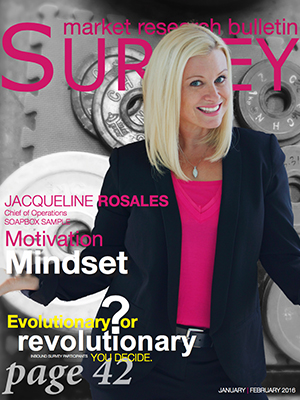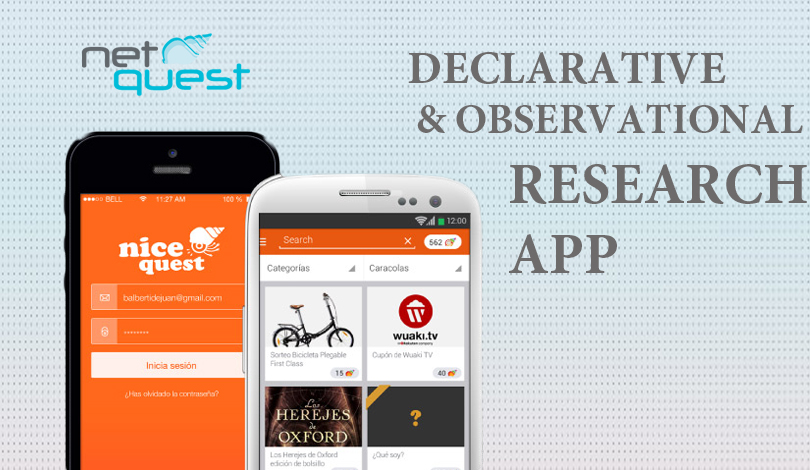Medical device commercialization efforts are dependent on a number of factors, including product novelty, anticipated market size, anticipated market share and expected levels of competition. According to Medical Device Development: Benchmarking US Early-Stage Product Management and Promotion, a report by primary intelligence provider Cutting Edge Information, product novelty – breakthrough versus adjacent versus line extension – can be a determining factor in anticipated competition levels.
 Download the Report Summary
Download the Report Summary
Medical Device Development:
Benchmarking US Early-Stage Product Management and Promotion
Life science executives can use the primary market intelligence in Cutting Edge Information’s medical device report to:
- Benchmark time, staffing and investment for emerging medical device brands across major therapeutic areas.
- Allocate resources properly to avoid product development delays — saving significant money and time — and to plan for future product changes.
- Refine commercialization strategies to maximize brand success.
- Overcome challenges in brand development and launch by implementing commercial boards early in development.
Medical Device Development features more than 400 metrics and 95 charts and graphics and answers the following questions:
- What key factors influence medical device commercial investments? How much time and money should be allocated for Class 2 and Class 3 products at each development stage — from prototype and concept development to manufacturing ramp-up?
- What responsibilities do commercial boards carry for medical device product support? Why is it important to establish a commercial board and a dedicated marketing group early in development?
- How many people should a commercial board have to ensure that it operates efficiently? What functions should be involved on these boards?
- Based on my product’s novelty, class or therapeutic area, what kind of competition did similar devices face in the US market? What did similar products anticipate for market share or size?
- Which regulatory pathway is most appropriate for my device? Why might it be advantageous to run clinical trials even if they are not required for approval?
- How do partnerships and acquisitions expand company/product support and commercialization capabilities? How can we overcome challenges in consolidating resources after an acquisition?
- How can medical device companies best prepare for payers’ demands for health economics data and proof of product value?
For more information, please download the report summary at http://www.cuttingedgeinfo.com/download/?ref=150.













